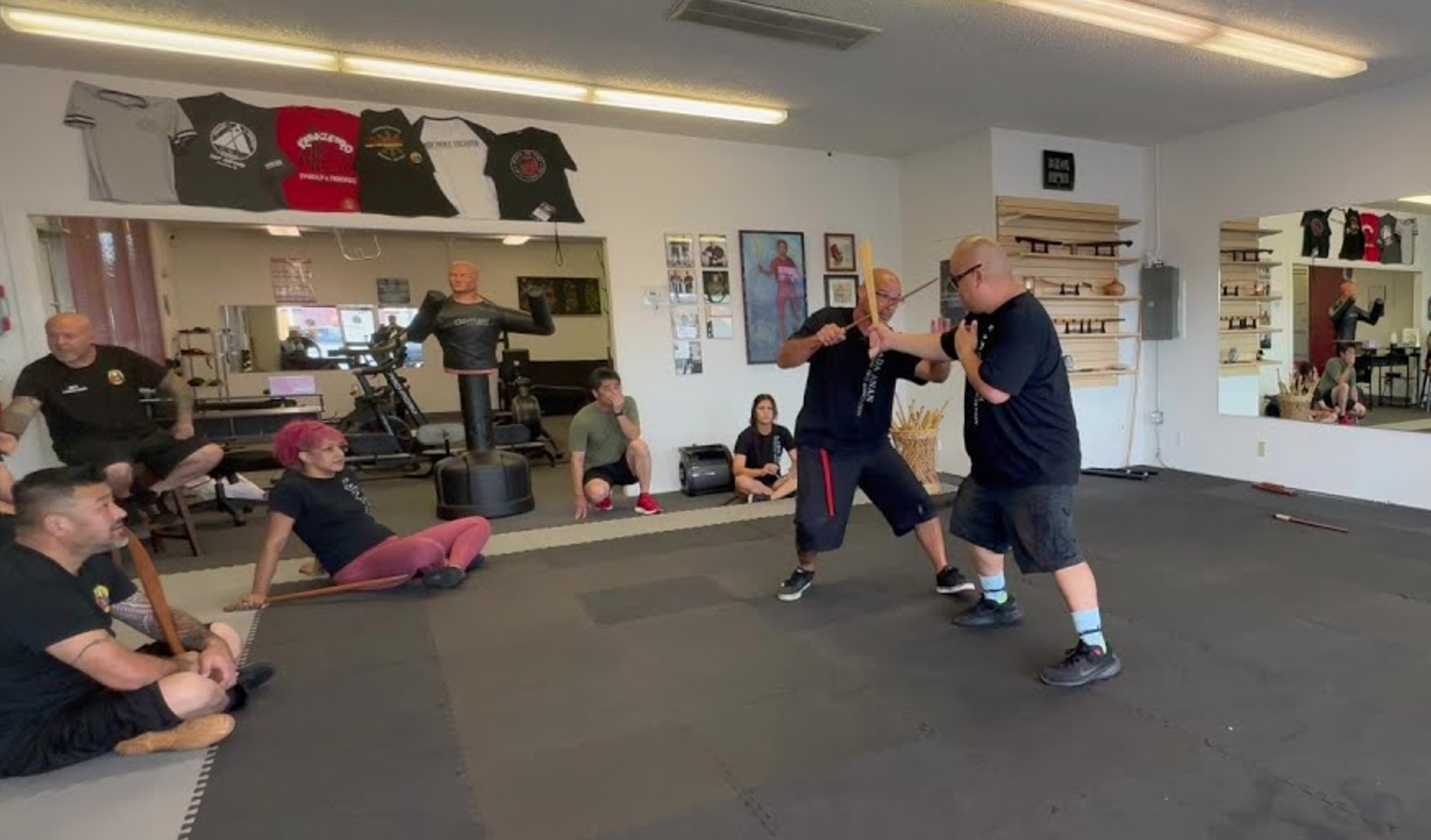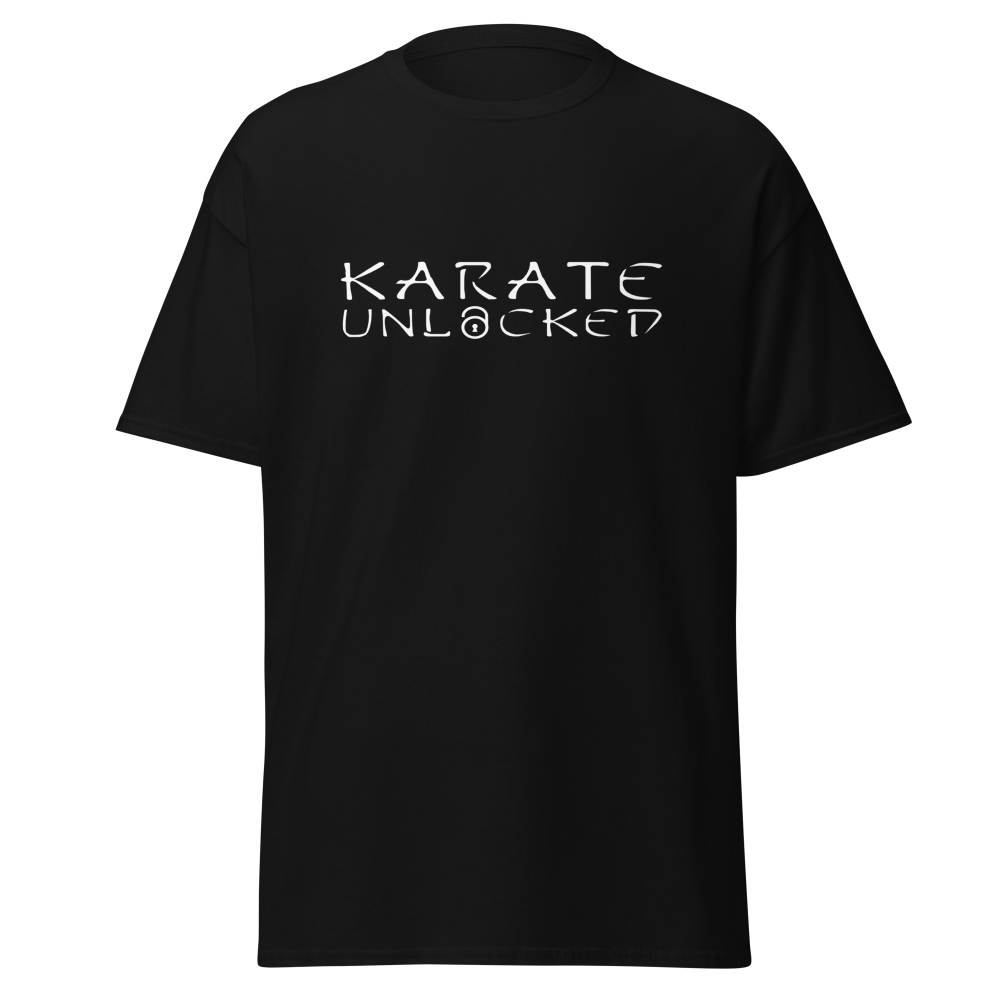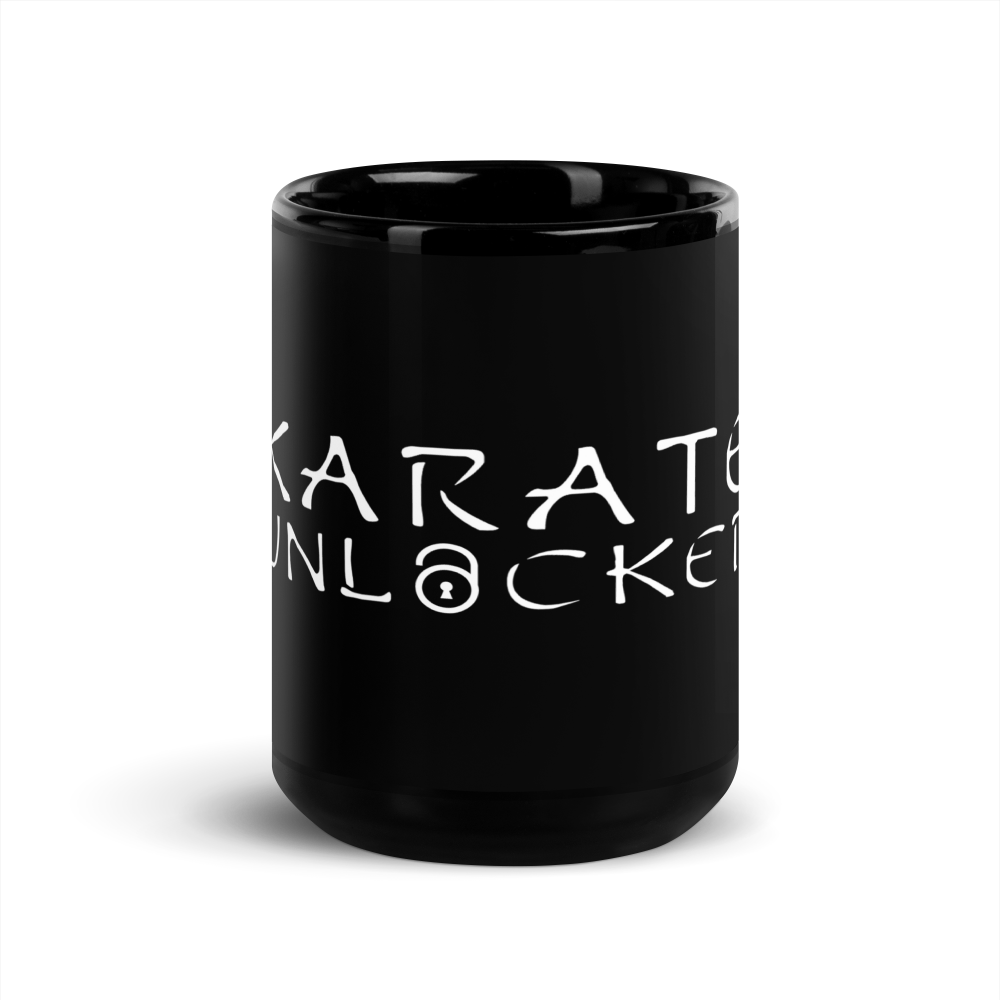Karate Unlocked is based on the teachings found in the Koshiki ToKen Jutsu (古式唐拳術) system.
The word "Koshiki" 古式 consists of two Japanese characters that, when used together, mean "old style". The word "ToKen" is a combination of two Japanese characters: "To" 唐, meaning "China" (specifically the Tang dynasty) and "Ken" 拳, meaning "fist"; thus, ToKen means "China (Chinese) fist". The word "jutsu" 術, refers to "technique, skill, or method". So, Koshiki ToKen Jutsu means "Old Style Chinese Fist Technique/Method".
The name is indicative of the training mentality coupled with an homage to the cumulative practice that led to its development. The old style of training develops fighting skill instead of just practicing for art, self defense or competition. The homage pays tribute to Tang Soo Do, Wado Ryu Karate, Southern Shaolin Tiger/Crane Fist & Grappling Method, and QiGong. However it's important to understand Koshiki ToKen Jutsu wasn't formed from a collection of other styles into something different. It's the result of experience, insight, and evolution that emerged over decades of practice and is most accurately described as a change in pedagogy instead of the creation of a new style.
Koshiki ToKen Jutsu blends modern methods with an old style mindset. Modern styles approach training with a "self development first, self defense second" philosophy while the old style mindset follows a "fighting first, self development second" perspective. It's the older mindset that enables a practitioner to develop the art beyond the obvious blocks, strikes and kicks seen in karate. Like modern styles, practice involves use of the "3K's": kihon (basis, foundation), kata (model, shape), and kumite (group/organized hands, sparring) with special attention given to bunkai (break down, analysis) of the movements in order to create technique. The results of bunkai allow practitioners to incorporate close range techniques and tactics that emphasize limb control/trapping and low kicks, use body movement and turning for evasive motion, develop catching and grabbing to execute joint locking techniques which can be adjusted to create joint breaks, weapon disarms, take downs, and throws, and apply strikes and presses to exploit anatomical weaknesses in the body. Concepts involving heaviness, lightness, hardness, softness, explosive power, sensitivity, etc. are also introduced as skill progresses.











